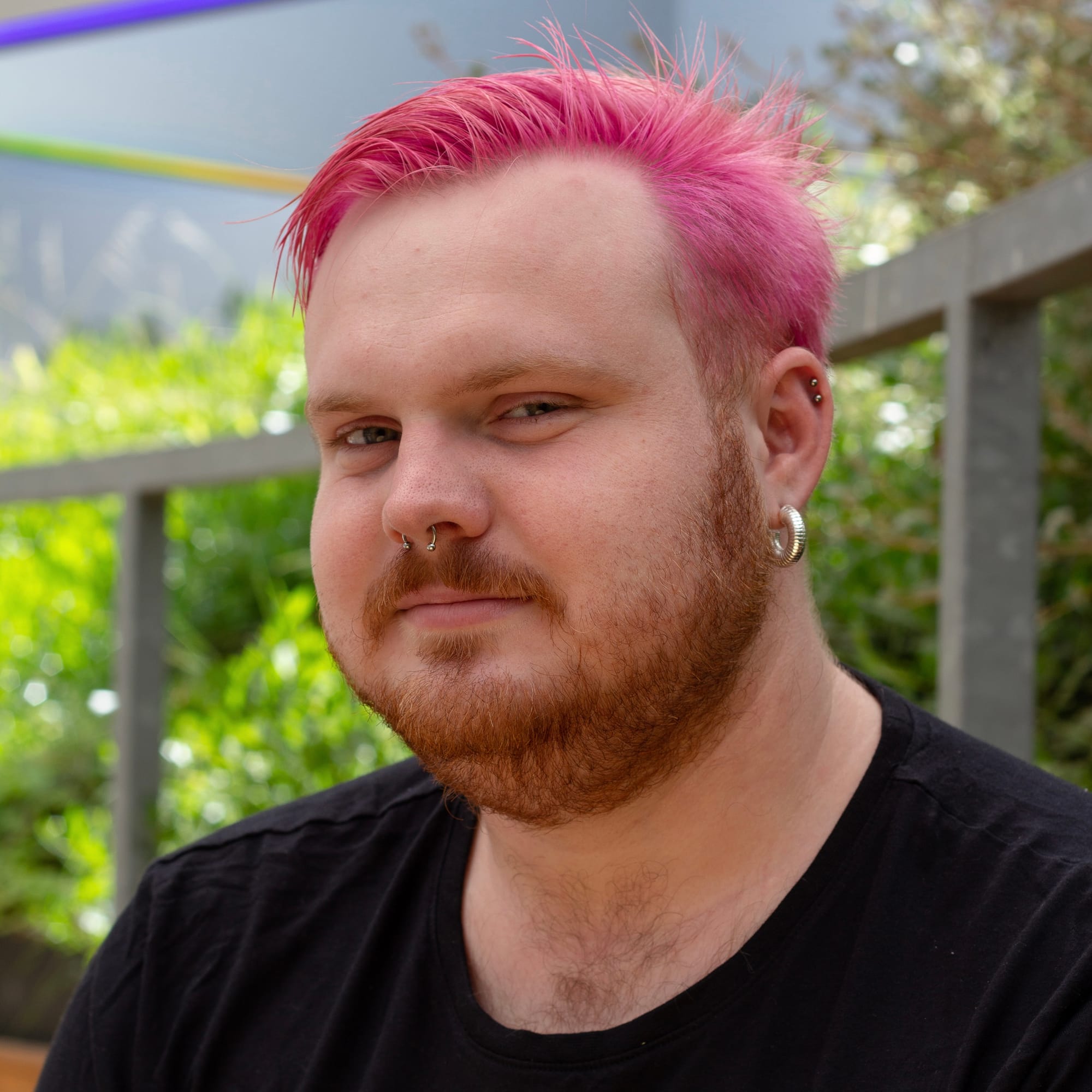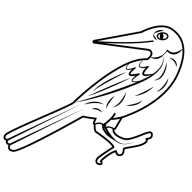13: I Want a Future That Lives up to My Past
A whirlwind of a month filled with COVID, drowned iPhones, Green Room awards, and one of my absolute favourite series of art prints.
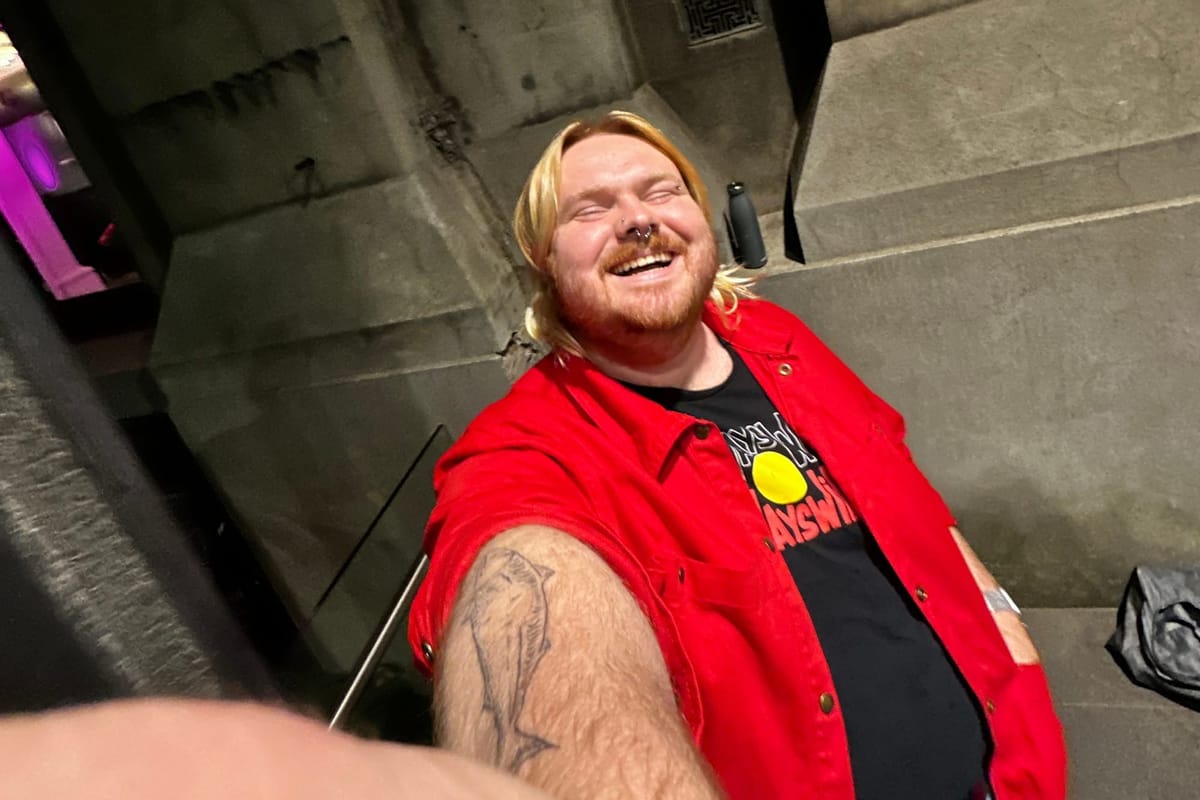
Thirteen may be an unlucky number; insofar as this thirteenth edition of the newsletter is the first I’ve sent out weeks late. The last week of Comedy Festival saw me busy busy busy and in the turmoil I missed 1 (one) newsletter, which spiralled into a little four week hiatus—but we’re back.
In the interim I attended my first Green Room Awards, had COVID for the fourth time, saw some brilliant theatre, saw some atrocious theatre, drowned my phone in the ocean, and watched Star Wars for the first time.
So we’ve got a lot to catch up on.
This week’s newsletter steals its title from a work by queer artist David McDiarmid, from his series of ‘Rainbow Aphorisms.’ McDiarmid died in 1995 at the age of 42 from AIDS-related illnesses and was making work in this series right up until his death.
The prints are such poetic and camp and melancholy reflections of a beautiful queer resistance to viruses and prejudice. I love them so much that for a while in university I used I Want a Future… as my Instagram profile picture.
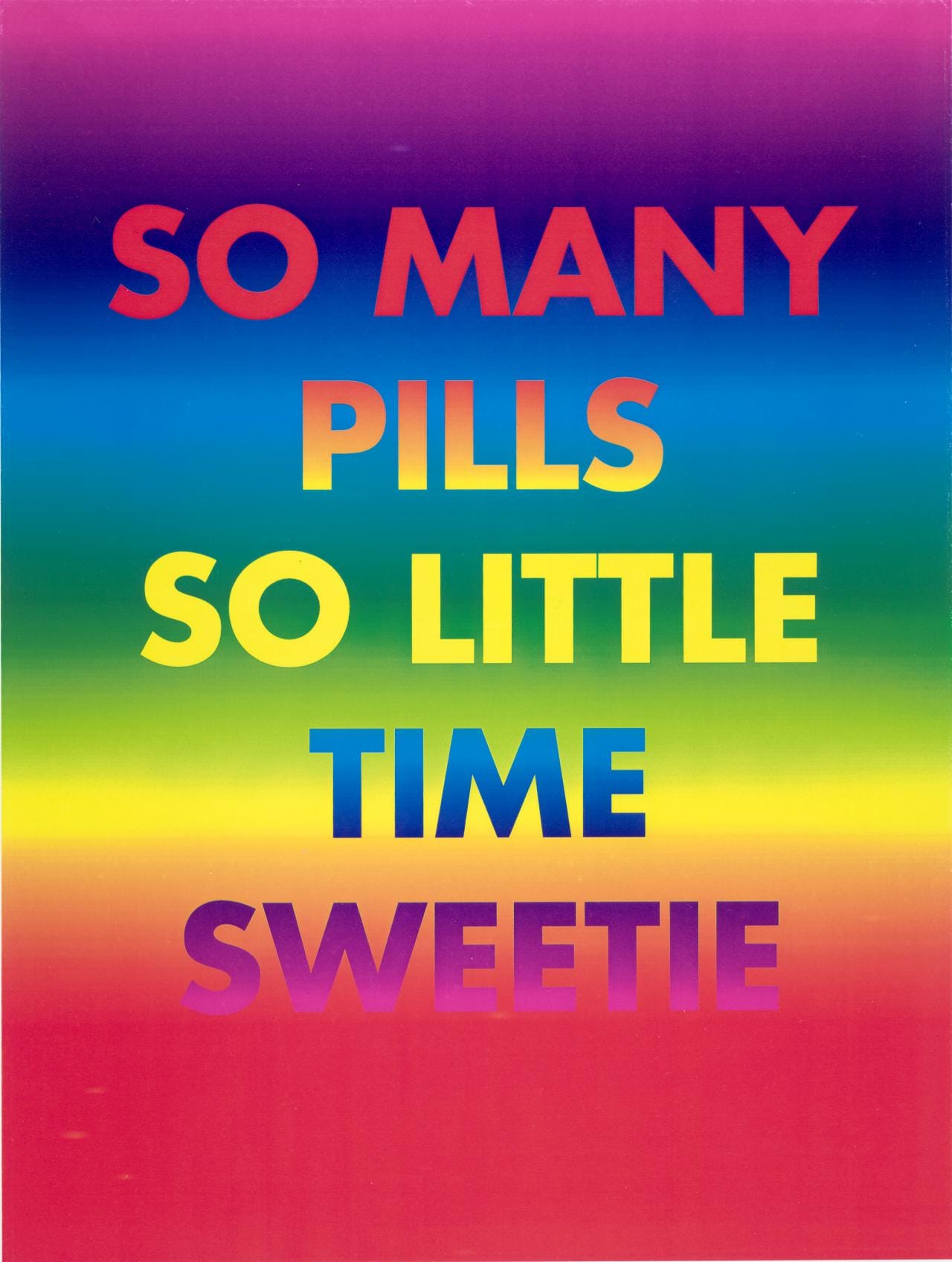
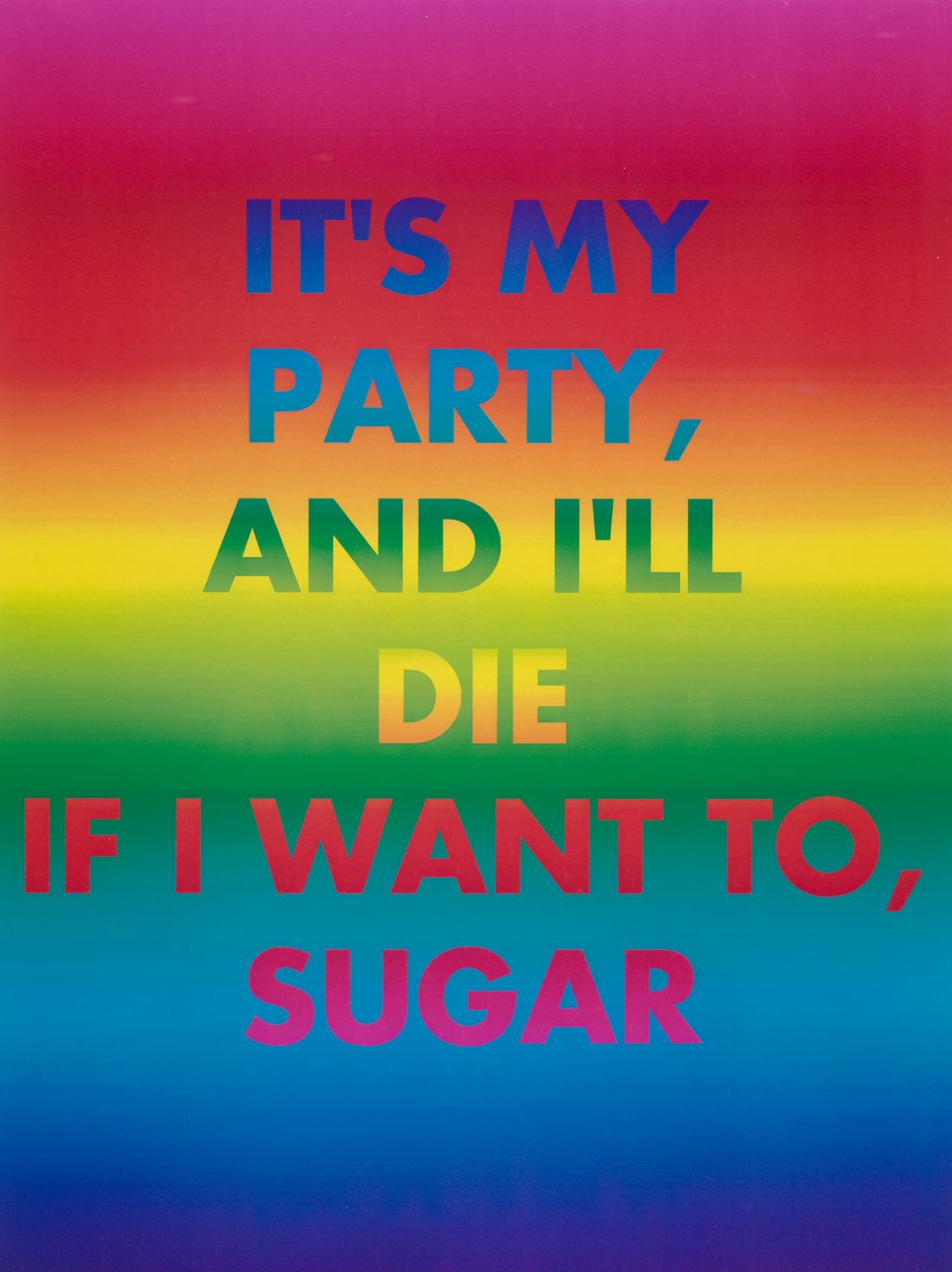
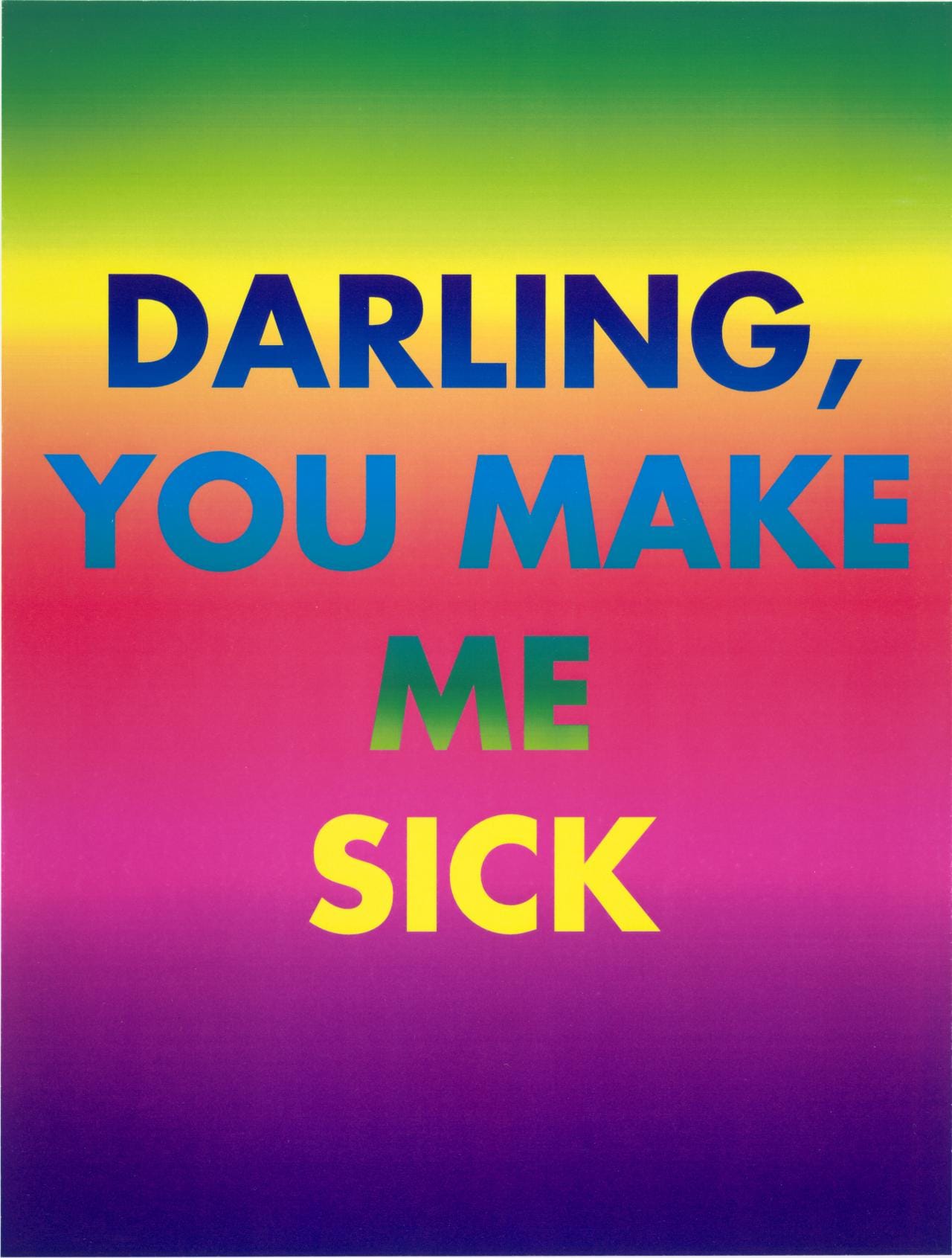
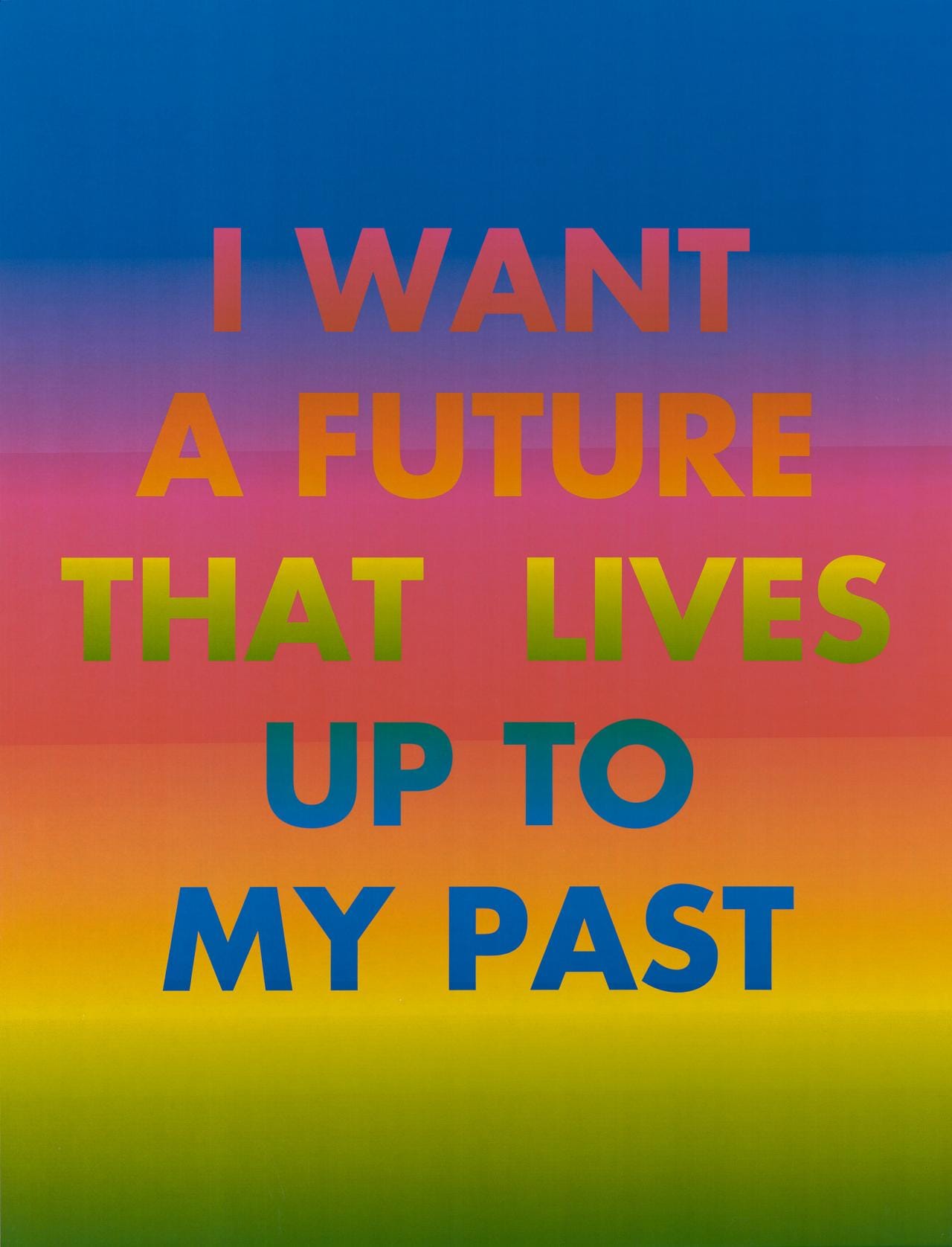
Some of my favourite Rainbow Aphorisms from David McDiarmid pulled from the NGV collection
Coincidentally right before I was infected with COVID I had set up a little Minecraft server with some friends which was a beautiful respite in isolation. It’s been weird realising I’ve been playing Minecraft for fourteen years, or over 50% of my life. Thinking about the friendships around the world I’ve made in this blocky utopia and the way it’s marked so many transitory moments of my life left me feeling like I want a future that lives up to my past.
Let’s get into it.
👋 Hi, I’m Ryan, a Narrm-based queer theatre-maker and writer. You’re reading In the Round, a weekly email filled with reviews, interesting links, and updates on the art I’m making.

A whirlwind of shows to catch up on today!
To start with here’s a link to 9 charts I made about my time at Melbourne International Comedy Festival 2025 where I saw 55 shows over the four weeks of the festival.

Try loading this on your computer rather than phone for the charts in all their glory
Here’s some of my favourite memories of the final week of the festival:
Doug & Max Do 50 Minutes of Their Worst Ideas was a delightful 90 minutes (née 60) of raucous mess—completely packed to the rafters and blissfully stupid.
Urooj Ashfaq’s It's Funny to Me was a lovely hour of Ashfaq grappling with what it means to be a comedian across contexts; having received a British review calling her too conservative while knowing her work pushes boundaries in her home of India. I saw her last year and loved her set so was keen to get back. This hour was a big step up and full of stunning gags like a full reading of One Direction fan fiction and earnestly delivered bilingual punchlines.
Chelsea Heaney’s Big Pants was everything to me. This is the fat standup show I wanted to see, full of affirming self love and delightful storytelling. Heaney’s one I’ll be keeping my eyes on.
The Ballad of Oliver Coleman was a lovely meditation on the futility of art against everything the world’s throwing at us right now. A beautifully made show with a gorgeous false ending full of joy and absurdity.
Flo & Joan’s One Man Musical was a stunning takedown of Andrew Lloyd Webber—I had no clue he was such a f*cked up little dude and so glad I got to witness it through the magic of musical theatre.
Julian O’Shea’s One For The Record Books was an impressive hour of O’Shea detailing his many attempts (and successes) at getting into the Guinness Book of World Records. I’ve loved O’Shea from his TikToks about Melbourne for a while and enjoyed his show at the festival last year; but this year’s offering was a substantial step up in showmanship and construction with brilliant pacing, writing, and humour. Heaps of fun and deliciously educational.
Reuben Kaye’s The Kaye Hole was great. The heterosexual old man who sat in front of me grumpily staring at everyone else having a good time wasn’t. I’d say the low point came when in the middle of a burlesque number from Milo Hartill this hetero actively covered his eyes from the possibility of seeing a fat black body be sexualised on stage—and then literally booed them off! That was far too much for me and I did something I’ve never done in a theatre before which was tell him off for being a disrespectful f*ckwit and then proceeded to report him to front of house. Apart from that wild intrusion into Kaye’s queer utopia—the night was beyond excellent. My first Kaye Hole but it certainly won’t be my last.
That’s all for MICF which was, as always, my absolute favourite cultural event. I love it so fucking much—comedians are some of the bravest most exciting artists out there.
Onwards with theatre thoughts from after the festival.

Blackpill at Theatre Works was a show about the radicalisation that young men can face on the internet; but for all it’s stylistic aggressiveness I found it offered very little about where we go from here. Telling us that men get radicalised isn’t new, nor did I need to watch a clumsy hour long representation of it to understand how it happens. I think this was a show that fell into a trap that a lot of impotent political theatre does; namely that identifying an issue is not the same as examining an issue. In saying that, the dance numbers were fun.

Taste of Cruelty was a post-dramatic physical work from Sara Cordell and Ethan Morse. The show was an unflinching examination of the effects of sexual assault staged in the beautiful dome at Mission to Seafarers. Full of visually stunning vignettes and evocative movement, the show certainly had some high points: including a final scene where Cowdell tries to explain with a whiteboard what the options are after you’ve survived assault, while co-creator Morse went over her writing correcting it for spelling mistakes—a biting critique of the way society expects survivors to play the perfect victim. On the other hand, the show sometimes felt listless and unsure of itself, as if it wasn’t quite sure what it wanted to say, possibly a brilliant metaphor for life after assult or just a not yet fully fleshed out dramaturgy. Regardless, a show with lots of ideas and passion which I hope get another life.

The Boys was a revival of a thirty-or-so year old text about (surprise) men and their misogyny and propensity to abuse. I didn’t particularly enjoy it, and despite the evangelism in the program about how timeless the text was, I fail to see how a show which unquestioningly and almost comically depicts assault is offering us much out of the crisis of patriarchy we see ourselves in. While staged fairly well and full of good intentions this is a show which failed to critically examine how out of date its source material really was.

St Kilda Tales: A Performance Rave was an almost two hour long performance which aimed to capture the rhythms and movements of the suburb of St Kilda. I really enjoyed the offbeat sensibility and the way the ensemble and their characters flowed around each other almost like a piece of jazz.

De Profundis is a long letter from Oscar Wilde to an ex-lover written from prison, and I was lucky enough to see it performed by the breathtaking Paul Capsis who completely captured my attention over the course of the hour. Wilde’s writing is vivid and revealing full of a detailed account of the ways his former lover wronged him, but descends into a maddeningly beautiful examination of art, life, and love. Genuinely phenomenal, and so subtly and brilliantly crafted. I could have watched this for hours on end.

The Beep Test was a new Aussie musical at Theatre Works about everyone’s favourite childhood trauma—the beep test. Delightful and fun, full of energetic performances. I had a great time and was immensely satisfied by the construction of the show which explored the way we remember our childhoods and what dreams we push for. Great fun, so silly, and beautifully earnest when it matters—exactly what I love about Aussie musical theatre.

On the TV front I’ve smashed out a lot, one of the few silver linings to COVID isolation.
My favourite of the week was Andor; a phenomenal story about resistance and community which got me to start watching the original Star Wars trilogy. Andor, however, is a gorgeous aberration in the Star Wars canon so I’ve managed to resist turning into a fan of the rest of the franchise.
I also watched the entirety of The Studio on Apple TV+—fun, delightful take down of the film industry (just like Hacks, which is so so so excellent).
As always, loved the latest Doctor Who episodes and I’m devastated by news that Ncuti Gatwa is leaving the show.
I also caught up on The Bear season 3 which was resoundingly p*ss weak… and then there was Eurovision. Fun, but marred by Israel’s participation and alleged manipulation of the public vote.

This is a gorgeous piece of long form writing about the way socially engaged art resists the mainstream arts industry because of the ephemerality of the work—because as a sector it’s not set up to value this sort of work.
The auto-ethnographic essay examines the work of Carlos Barrera Reyes, a weaver who has spent decades in communities in Chiapas, Mexico, helping indigenous folk to carry on traditional textile processes in the face of growing and shifting demands from the tourism industry.

It’s a beautifully written piece detailing what goes into work like this, and the fraught nature of working with marginalised communities, plus the challenges in documenting the work to fit into conventional art spaces.
The art world always seeks to possess artworks, whether through physical ownership or symbolically, through anecdotes, biographical narratives, or academic interpretation. I thought about my sadness when I heard from Maruch Santíz Gómez that she had left contemporary art. In reality, she had only left my art world, leaving aside external frames that had been imposed on her.
The piece also examines how western perspectives fail to read Indigenous art:
Her admonition returned me to the larger question of how, as outsiders, curators and scholars (like myself) are tempted to impose fixed, even magical readings on traditional crafts and practices. In reality, while any iconography has a genealogy, meanings also change. … The fact that Indigenous cultures (in Mexico, as elsewhere) are constantly evolving can challenge the outsider’s ideal of “helping” a community to regain ancestral traditions.
Altogether an eye-opening case study of intercultural art-making.

This article is a fascinating examination of a couple of folks who are using game design to communicate the risks associated with Long COVID, a critically under-discussed illness.
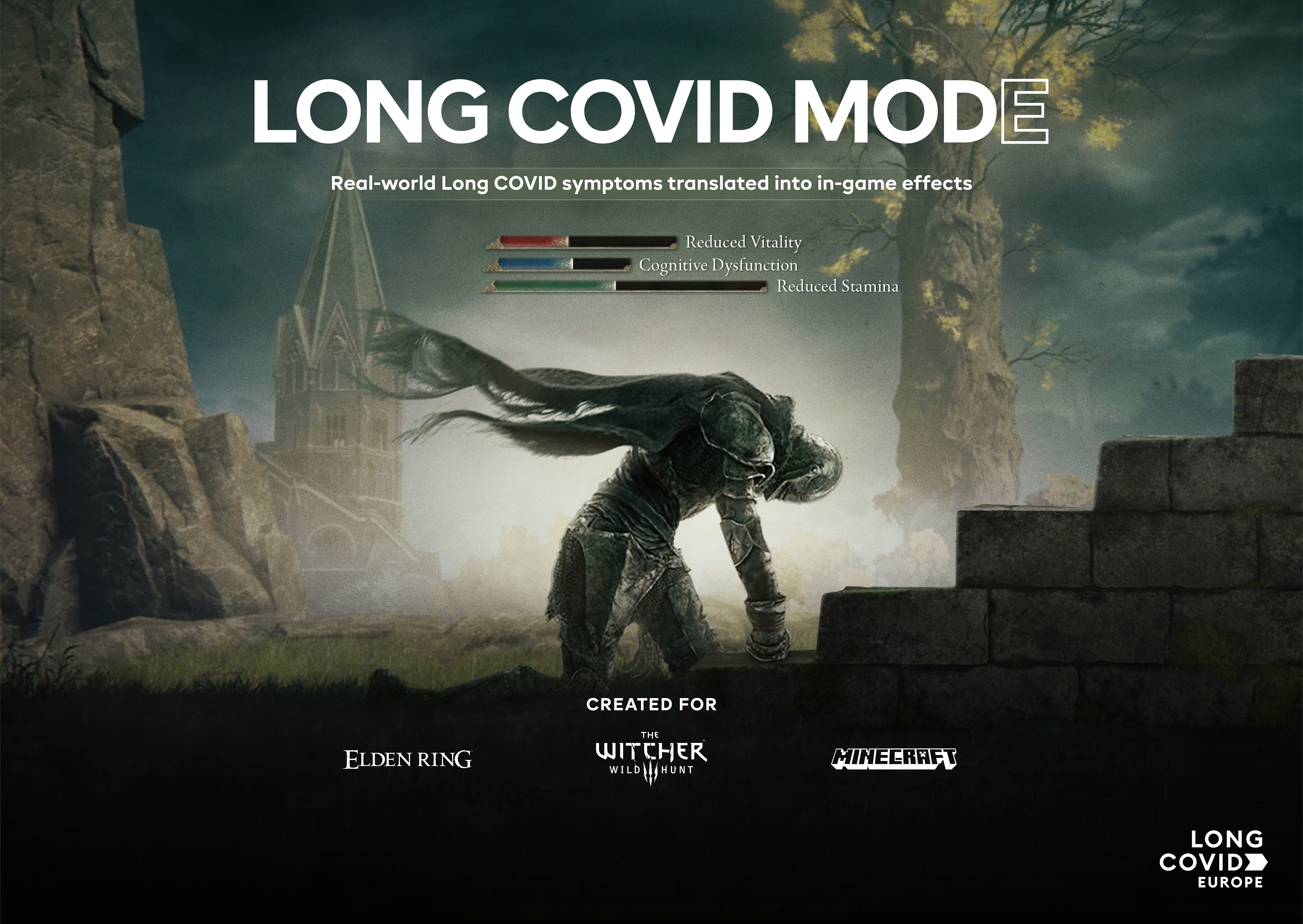
There’s a fascinating case study of an in-person game played to challenge stigma around mask use, but the most fascinating example is a series of mods for games like Minecraft which let the player experience the symptoms of Long COVID.
Commercial video games might not seem like obvious sites for learning, but those who play them develop “a constellation of literacies” in their worlds: they cultivate complex understanding of in-game storylines, lore, and social dynamics. To translate Long COVID’s most common symptoms into these gaming contexts, Britt and her colleagues didn’t compromise on their specificity. She talked mod developers through rendering post-exertional malaise, demonstrated through characters’ energy crashing or other symptoms, like cognitive impairment, intensifying a while after overextending themselves.
A brilliant use of digital media for this sort of advocacy.

The last article I’d like to share with you is another enjoyably long one from Rebecca Solnit critiquing the way we tell stories about the climate. Solnit takes aim at dominant narratives that ‘we’re doomed’ when the reality is more nuanced than that.
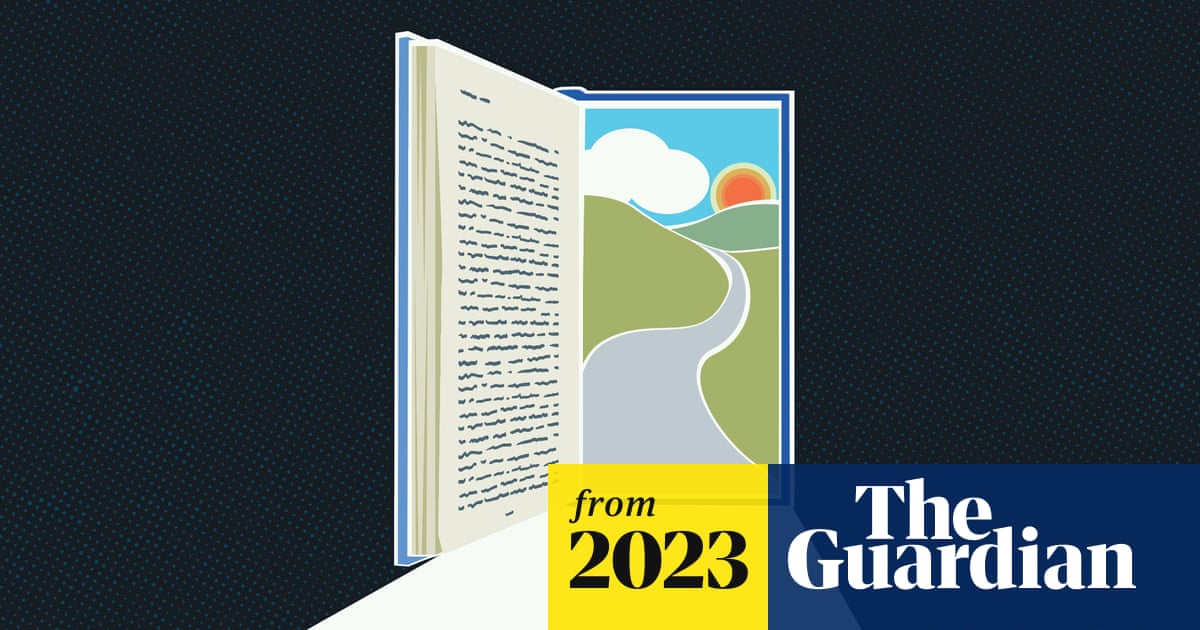
Solnit explores how these simplified narratives remove our agency and willingness to shift the world and does each of us an injustice by hiding from us the genuine good work that’s happening around the world.
This does not erase all the bad news, about continuing breakdown of natural systems and its toll on human lives and impact on a livable future, but it does contextualise them as crises we can respond to if we choose to. So much is happening, both wonderful and terrible, and it adds up to more stories than almost anyone can take in. But the overarching frameworks in which we receive them matter, and so do the critical skills to recognise, choose, and change stories.
She also delves into the way that conventional narratives, with their focus on single characters and binary success stories flatten what is ultimately a collective effort which won’t turn out all good or all bad. Made me think about the way that Come From Away managed to tell a galvanising story about a community grappling with an act of terror that’s ultimately never resolved, or the way David Finnigan’s Scenes from the Climate Era maps out a dizzying array of futures and forces us to imagine our way through the apocalypse, rather than giving up at the possibility of one. (Speaking of apocalypse, Noongar writer Claire G. Coleman has a lot of excellent things to say on how to think about the end of days.)
From Solnit’s essay:
The South Pacific climate activist and poet Julian Aguon recently declared that Indigenous peoples “have a unique capacity to resist despair through connection to collective memory, and just might be our best hope to build a new world rooted in reciprocity and mutual respect – for the Earth and for each other”. That emphasis on collective memory suggests that a strong sense of the past allows for a strong sense of the future, that remembering difficulty and transformation equips us to face them again.
As if I didn’t need another reason to fall in love with storytelling. This is a stunning essay so flop on the couch and have a read—things are going to be OK(ish).

- A bonkers performance which reveals the identities of Russian soldiers on the frontline of the war in Ukraine, and the ‘cyber elves’ turning espionage into performance.
- Another close friend of mine has started a blog. Hallelujah! In their first post they reflect on their escape from streaming services and what it means for how they interact with music.
- A phenomenally designed essay (seriously, this essay is participatory) which examines agency in open-world video games. Don’t read this on your phone!
- I was quoted in a Crikey article. Fun!
- A first person account of going undercover in far right organisations to whistleblow. Terrifying yet important work.
- This sobering essay on how fascists weaponise terrorist attacks to consolidate power with some lovely reminders on how to resist.
- I’ve been thinking also a lot about 9/11, the way it was used to justify useless imperialist wars and how we’re told to ‘never forget.’ I’ve never been allowed to forget this single day that I’m not even old enough to remember.
- I think about COVID, the way most of us can’t (or don’t) remember the terror of 2020, or the way the world seemed to pull itself together in service of protecting each other, the way emissions dropped and we made art accessible and welfare didn’t mean poverty. That’s a dangerous story to remember—how easy it was to fix it all. So we forget COVID and the millions killed by apathy, we forget AIDS and the Nakba and the Frontier Wars and none of us do RATs anymore but hey, at least we’ll never forget the twin towers falling.
- There’s a show in that somewhere.

I attended my first Green Room Awards which, if you’re not a theatre dork like myself, are the premier theatre awards in Narrm. As a judge on the indie theatre panel it was pretty exciting to finally have all the shows we’ve awarded get announced—because god I have wanted to yap about how much these shows deserved their awards so f*cking much. I mean Ballkids! Interior! Pummel Squad! Hayley Edwards! The Inheritance! I’m so so so lucky to be here, right now, seeing the amazing sh*t this community is making.
By far however the highlight of the night (and as I drunkenly declared to Georgie, the highlight of my life thus far) was presenting the Geoffrey Milne Award for Contribution to Independent Theatre to my mentor and dear friend Yvonne Virsik. Recording of it available here. Yvonne has been there for me since pretty much day one, running Monash Uni Student Theatre which became my home when I moved to Melbourne. I’m so lucky to have learnt from her and I’m so glad I get to call her a close friend. Every bit of art I’ve made is because of her support and advocacy and mentorship.
YV, I know you’re reading this and I just want to tell you again, as I did so many times at the after party: I love you so f*cking much and you should be so proud of yourself; you’ve profoundly changed the world for the better—if not the entirety of it, at least my little slice of it.
As an aside: the Green Room ceremony takes far too f*cking long what with every nominee getting read out at a turtles pace by an AI-generated voice. A little tasteless if you ask me.

It’s go time for Melbourne Fringe registrations which has meant a lot of frantic emailing venues, a couple photoshoots, and lots of spreadsheets and copywriting.
One memorable moment was at a photoshoot down on the peninsula where I was filming some behind the scenes video of the shoot, which had migrated into the waves. I was entirely focussed on not letting my camera get wet that I failed to remember the phone in my pocket being pounded by wave after wave. To no ones surprise a three year old cracked iPhone is no match for sea water and my little trooper died mid-phone-call on the drive home. So it goes.
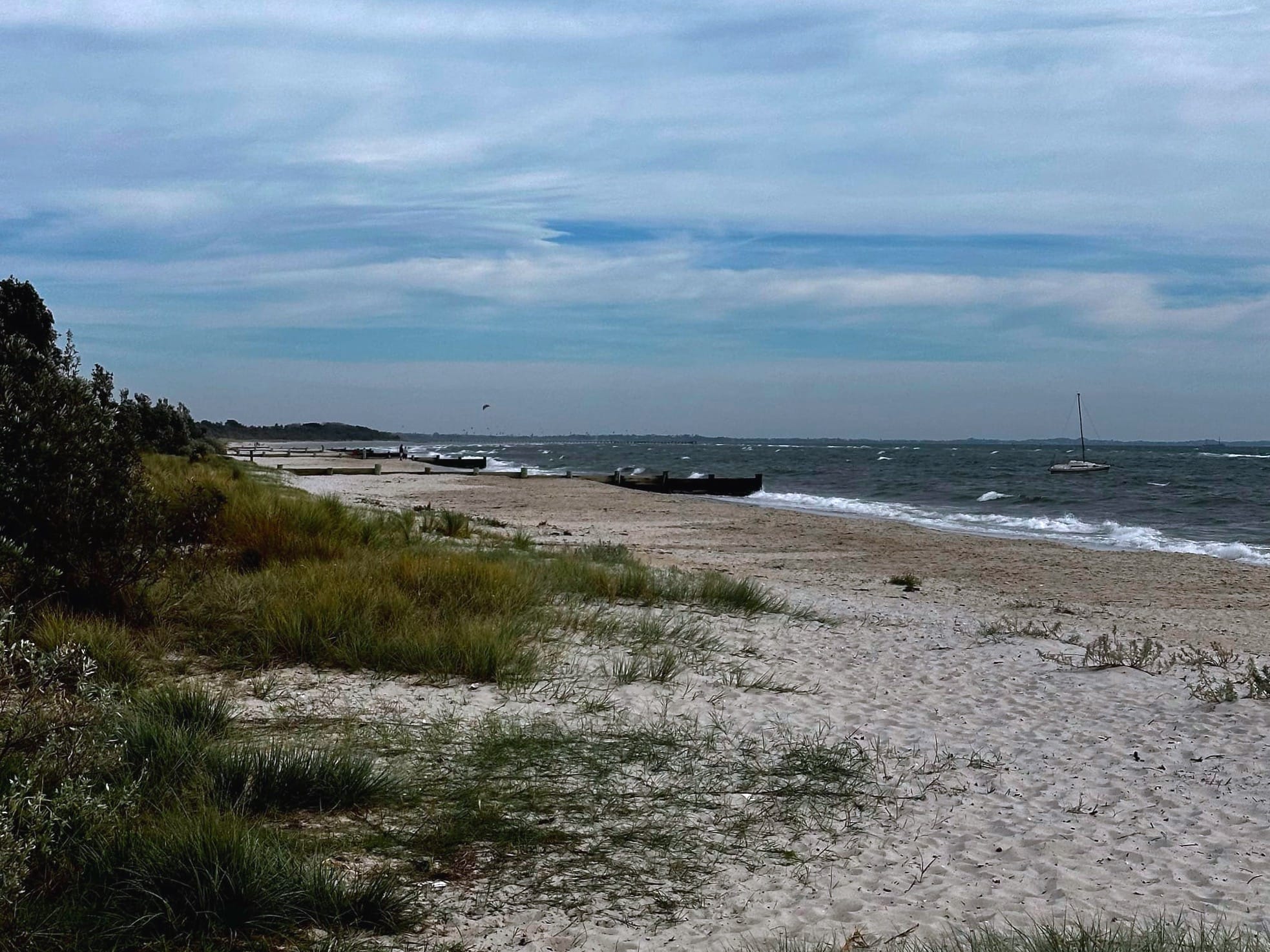

I’ve also realised my birthday is almost in a month and I’ve not yet made concrete plans for how to celebrate it. Last year for my birthday I organised a reading of one of my favourite plays, Angels in America and I’m quite tempted to organise another reading—perhaps this time with an entirely new cast (barring myself playing the lead as a special birthday treat) and opening it up to the public for a nominal fee (to raise funds for Gaza & Pay the Rent). Could be a fun annual birthday ritual. What do you think of the sound of that?

That’s all for the massive last month. I’m looking forward to getting back into a routine with this newsletter so I’m hopeful you’ll be hearing from me again very soon.
To stay in the loop and support my writing, consider becoming a free subscriber. Subscribers get a weekly round-up of the art I’m making, seeing, & reading delivered straight to their inbox.


